Autor: admin7748
-

Poland may appear linguistically unified on the surface—after all, almost everyone speaks Polish, and the standard literary form is widely taught in schools. But scratch that surface, and you’ll discover a fascinating world of regional speech varieties, known as dialects (dialekty) and local vernaculars (gwary), which add rich texture to everyday communication across the country.…
-
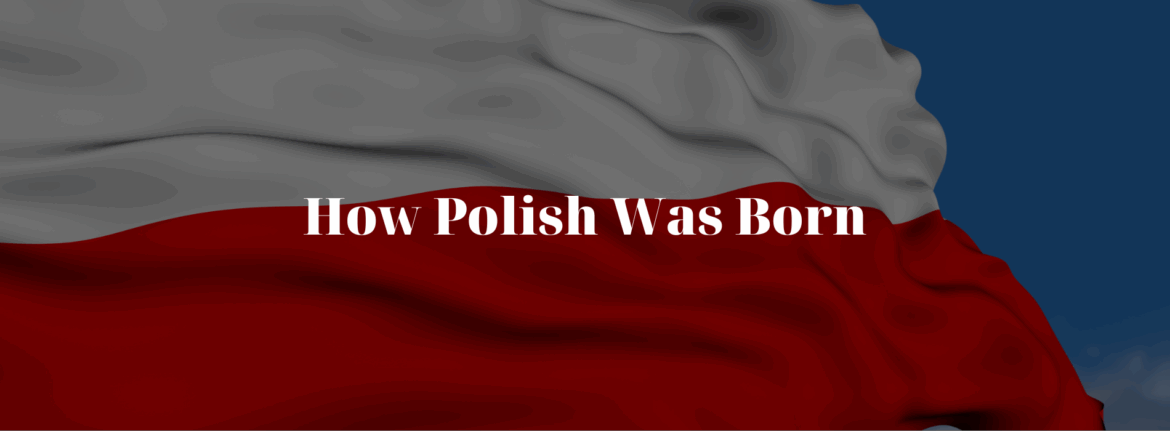
Languages are like living beings. They are born, grow, evolve, borrow from their surroundings, and adapt to changing times. The Polish language is no different. With over a thousand years of history, it tells a story not only of words and grammar, but also of the people, rulers, migrations, wars, and cultures that shaped what…
-
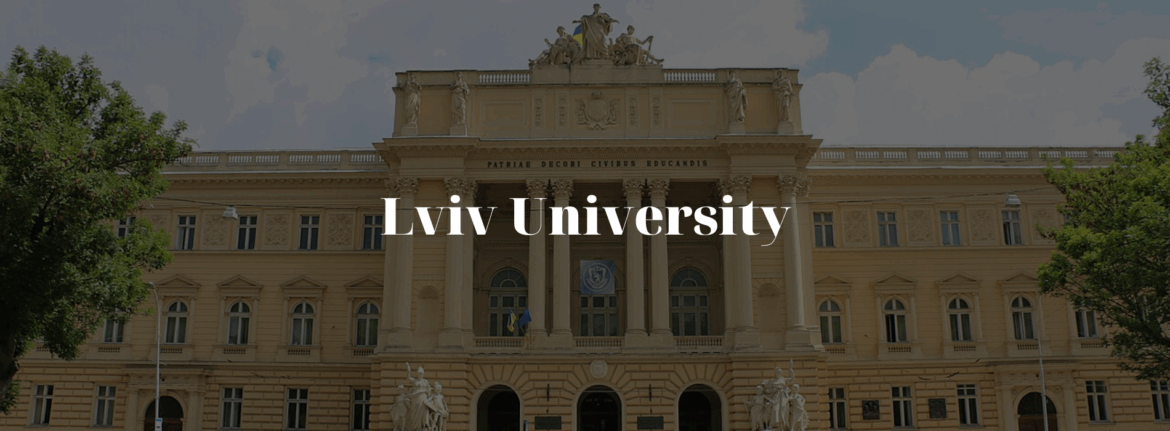
Before the borders shifted and history redrew the map of Central Europe, Lviv—then known as Lwów—was a city where Polish culture, academia, and public life thrived. At its heart stood Lwów’s Jan Kazimierz University, one of the most important academic institutions in the Second Polish Republic. Established in the 17th century, and heavily shaped by…
-
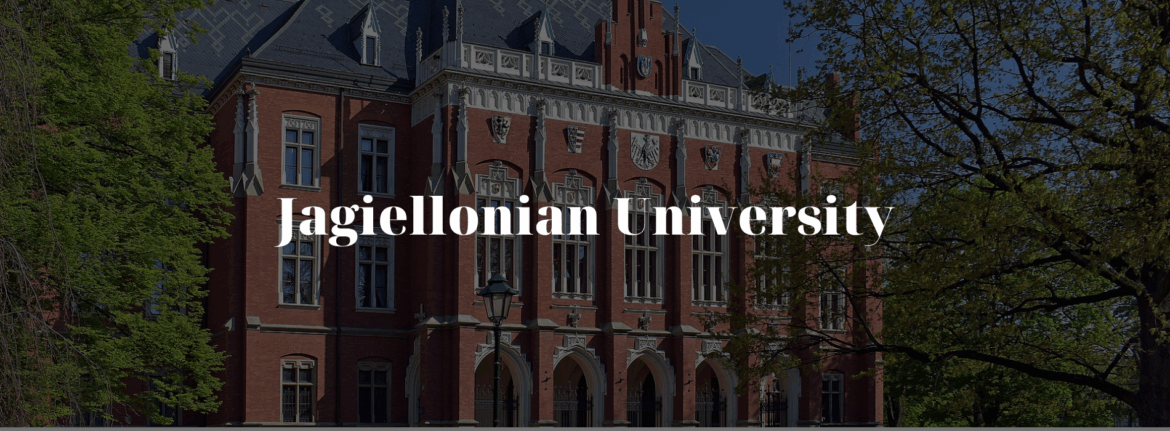
In the heart of Kraków, a city known for its cobblestone charm and layered history, stands one of Europe’s most enduring academic institutions: the Jagiellonian University. Established in 1364 by King Casimir the Great, it is the oldest university in Poland and one of the oldest continuously operating universities in the world. For over six…
-
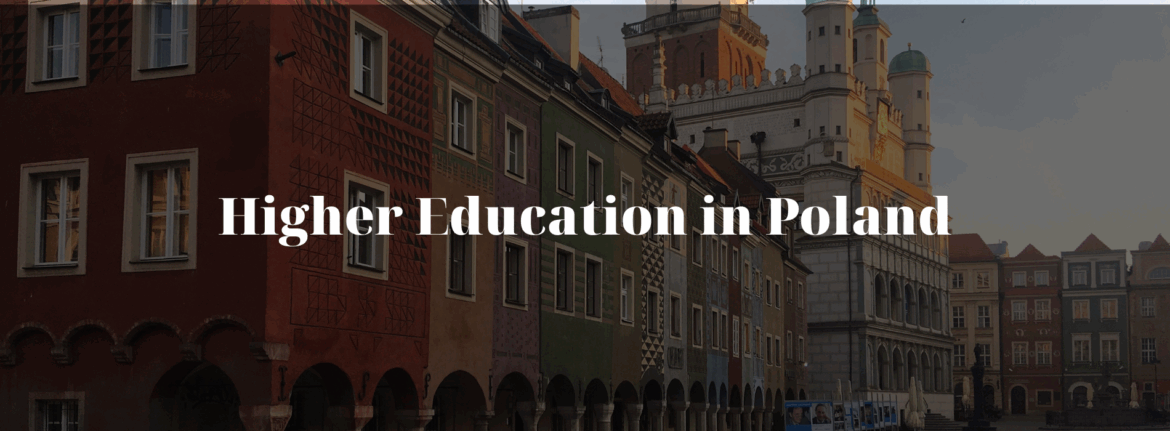
Poland’s system of higher education offers a wide array of opportunities for students looking to pursue advanced academic or professional degrees. From traditional universities to technical schools and artistic academies, the Polish model allows for diverse learning pathways that can suit nearly any interest, ambition, or career plan. Understanding how this system is structured—and how…
-
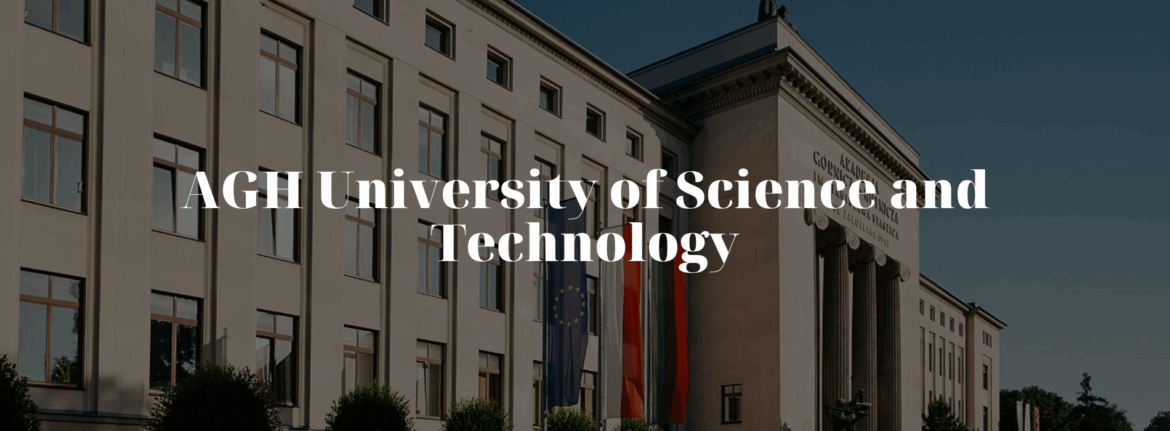
In the heart of Kraków—a city famed for its history, culture, and academic legacy—stands one of Poland’s most influential technical universities: the AGH University of Science and Technology. Established in the early 20th century with a strong focus on mining and metallurgy, AGH has evolved into a multidisciplinary, research-intensive institution that continues to shape the…
-

When Poland regained independence in 1918 after over a century of partitions, one of its most pressing needs was to establish strong academic institutions across all regions of the newly reunited state. In the west, the city of Poznań—part of the former Prussian partition—was a natural location for a new university. In 1919, this vision…
-

The history of education in Poland is a compelling story of resilience, reform, and reinvention. From clandestine schools during foreign rule to today’s modern, state-supported institutions, Poland’s educational system has been shaped by centuries of social movements, political upheaval, and national aspiration. Understanding its trajectory sheds light on both the challenges and successes that have…
-
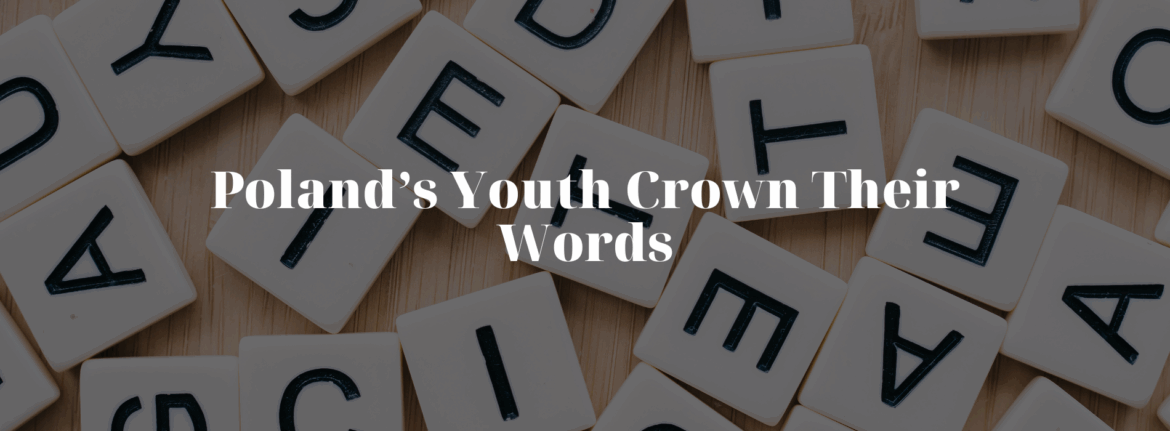
Language isn’t static—it’s alive. Nowhere is that more obvious than in the ever-changing slang used by young people. Each generation invents, reuses, and redefines words to express what matters to them, how they feel, and who they are. In Poland, this evolution is celebrated annually through a special competition: Młodzieżowe Słowo Roku—the Youth Word of…
-
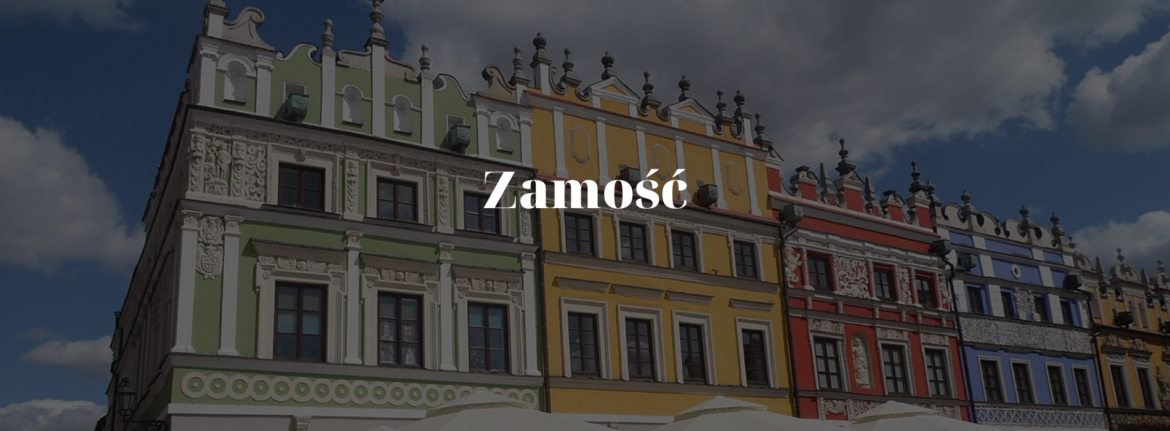
Nestled in southeastern Poland, Zamość stands as a unique testament to Renaissance urban planning and architectural brilliance. Founded in the late 16th century, the city remains one of Europe’s best-preserved examples of an ideal Renaissance town. Its perfectly symmetrical layout, grand fortifications, and stunning architectural landmarks have earned it a place on the UNESCO World…